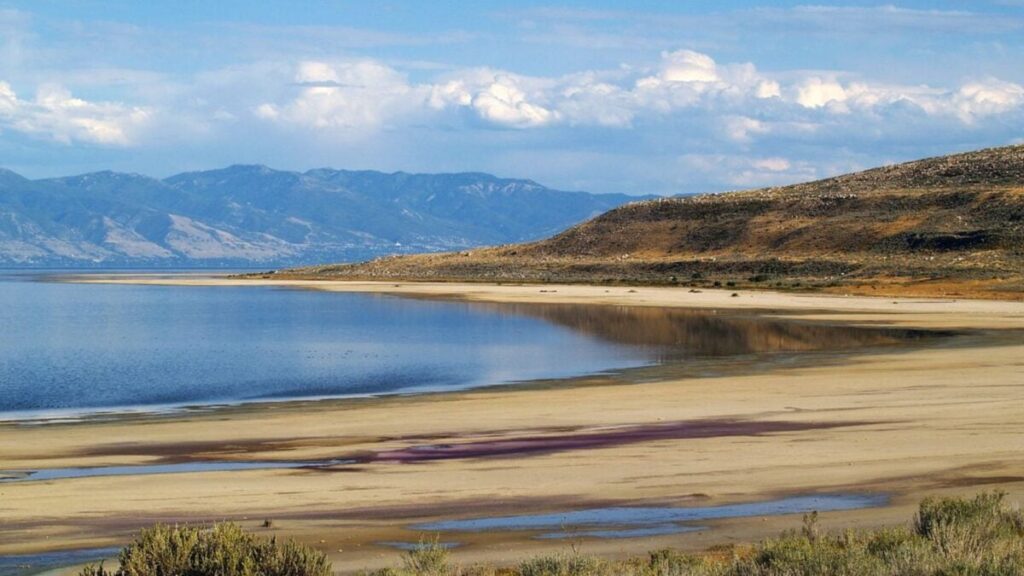The Great Salt Lake, once reaching depths of up to 1,000 feet and covering 20,000 square miles, has significantly dried up, leading scientists to be puzzled by the sudden appearance of vegetated mounds on its playa. These oases require fresh water, yet their source is unknown. Researchers at the University of Utah are investigating an underground system that could be delivering fresh groundwater to the lake and surrounding wetlands.
Co-researcher William Johnson warns that human activities, such as excessive water extraction for agriculture and urban use, are contributing to the lake’s decline, exacerbated by climate change and increased evaporation. A potential solution lies in these subterranean freshwater sources, which may help reduce dust pollution affecting nearby communities if managed responsibly.
To explore these resources, the research team employed aerial electromagnetic surveys to map the lake’s subsurface, revealing large freshwater deposits potentially thousands of feet beneath the surface. Preliminary findings suggest these deposits are under pressure, which might explain the formation of the observed mounds. Although the team has not yet published their findings, they aim to further map the resource and understand its origins, emphasizing caution about overestimating its potential without thorough analysis.
Source link


